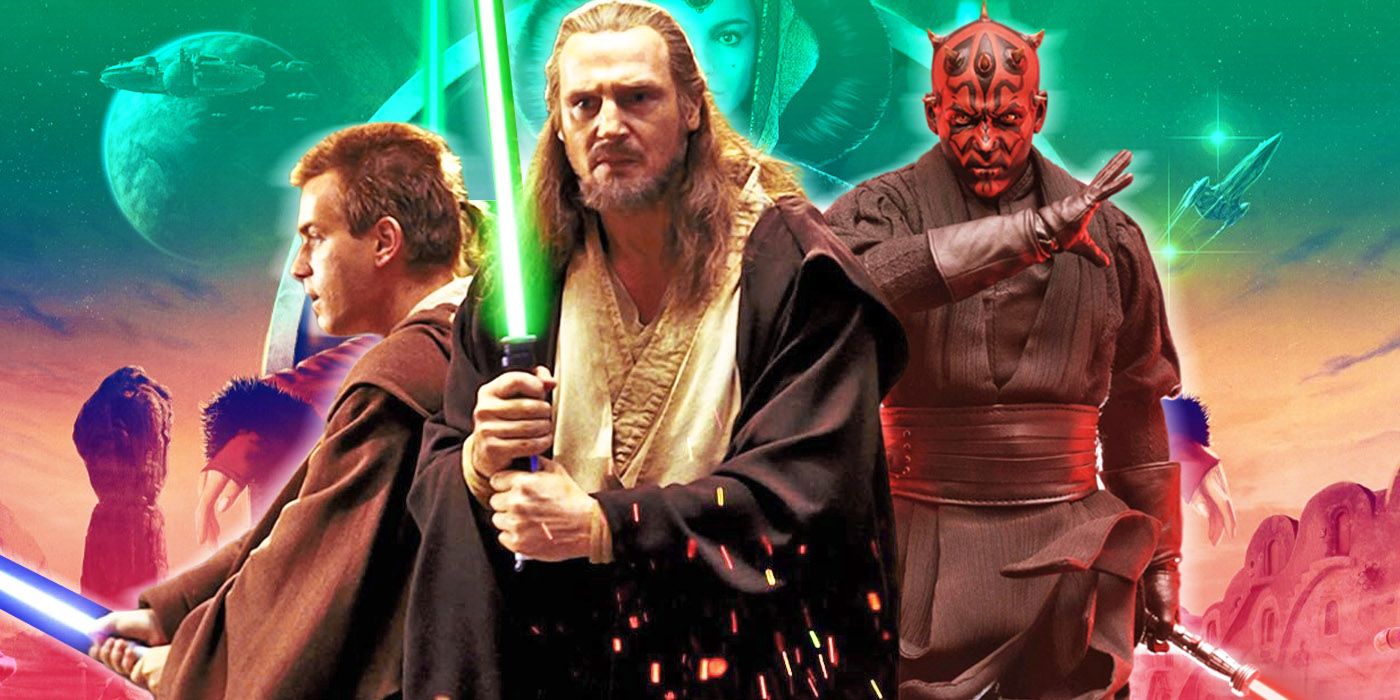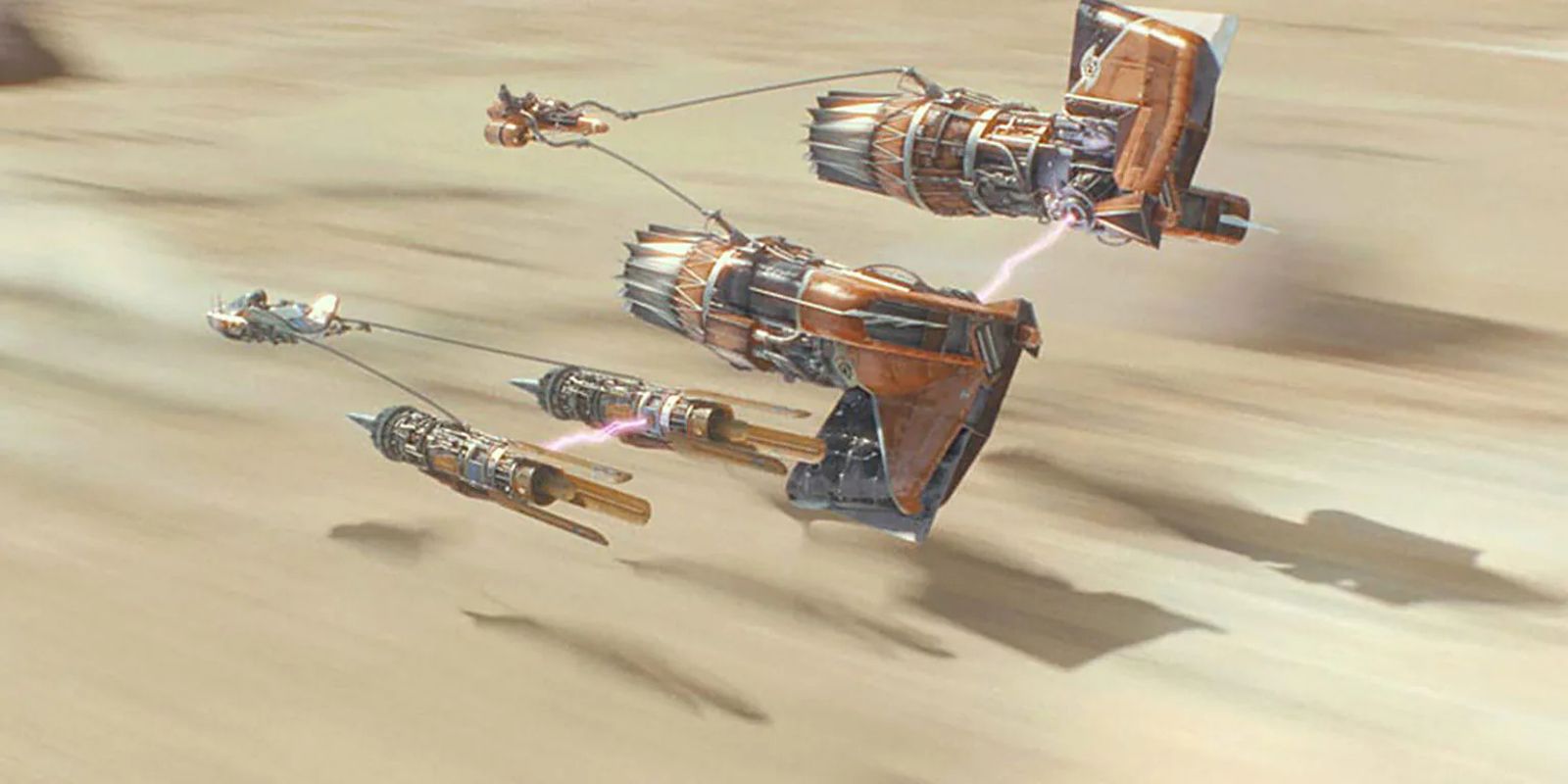Summary
- Despite facing high expectations and initial criticism, Star Wars: Episode I - The Phantom Menace has seen an improved reputation over the years.
- The Phantom Menace's Duel of the Fates remains a standout and vital moment in the Star Wars franchise, showcasing peak Jedi and villain abilities.
- The climactic lightsaber duel encapsulates the narrative heft and visual spectacle the rest of the movie sometimes struggles with.
With the possible exception of the original trilogy, almost every Star Wars project has engendered a certain amount of controversy among the fan base. George Lucas's galaxy far, far away is one of the biggest franchises on the planet, whose colossally diverse audience often has passionate opinions about every conceivable detail. The prequel and sequel trilogies, in particular, can be quite divisive, as Star Wars lovers debate the pros and cons of the myriad creative decisions that went into them. It's hardly a new phenomenon.
The 1999 release of Star Wars: Episode I - The Phantom Menace generated a storm of controversy among fans for a number of well-vetted reasons. It set the pace for the next two films, which were initially regarded as a step down from the original trilogy that created the franchise in the first place. Time has improved its standing -- as it has for most of the franchise -- but even now, it can generate heated discussion among Star Wars lovers. One thing fans have agreed upon, however, is the climactic "Duel of the Fates" between Darth Maul, Qui-Gon Jinn, and Obi-Wan Kenobi. It's still one of the best fights of any kind in the entire saga, effortlessly encapsulating the spirit and energy that the rest of the movie can't always find.
The Phantom Menace Faced Hype That No Movie Could Meet
|
Title |
Tomatometer Rating |
Metacritic Metascore |
IMDb Rating |
|---|---|---|---|
|
Star Wars: Episode I -- The Phantom Menace |
52% |
51 |
6.5 |
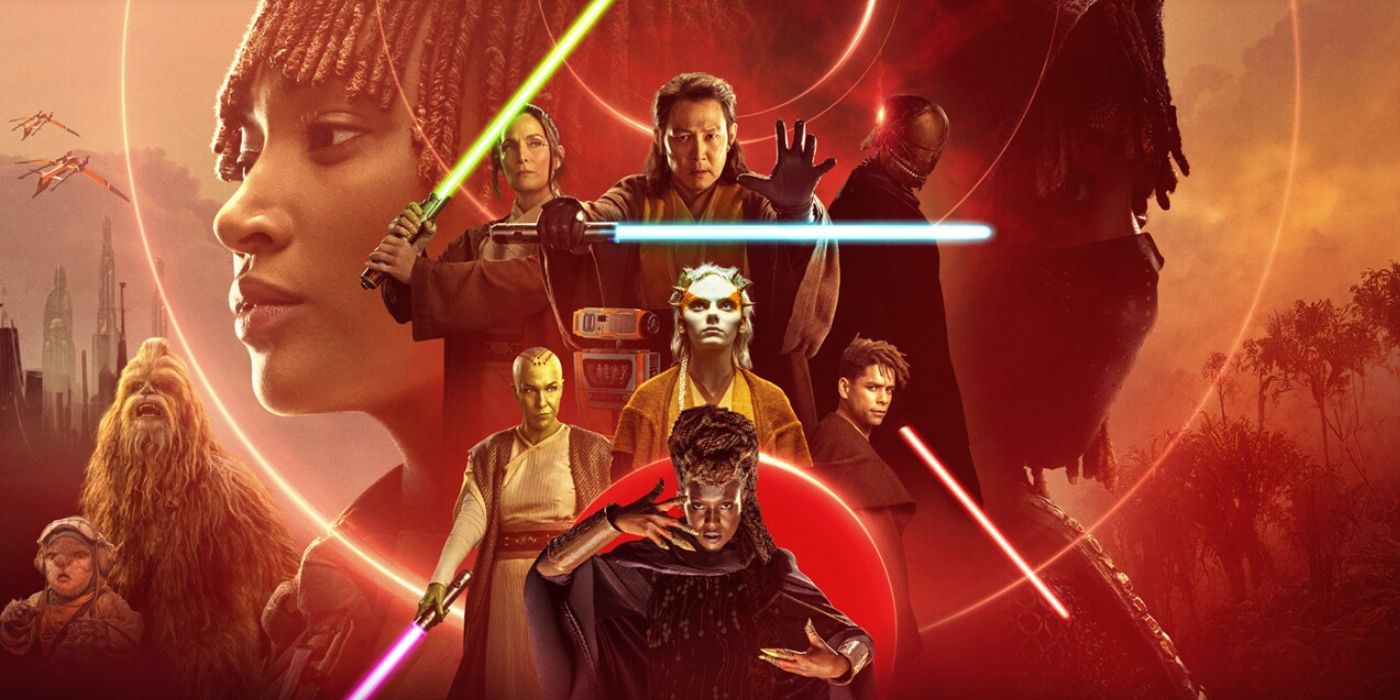
The Acolyte May Lack Connection To the Skywalker Saga and Star Wars is Better For It
The Acolyte is bringing Star Wars fans to a new era and introducing new characters and its lack of connection to the Skywalker Saga is for the better.Even 25 years later, it's impossible to convey the level of anticipation The Phantom Menace carried in the lead-up to its release. The franchise was still limited to the core trilogy in most fans' minds, with subsequent efforts like Ewoks: The Battle for Endor and the short-lived Droids TV series viewed as afterthoughts. While the franchise thrived on ancillary products such as books and comics -- bolstered by Timothy Zahn's Thrawn trilogy of novels in the early 90s -- "real" Star Wars essentially ended with the Ewok celebration at the end of Star Wars: Episode VI - Return of the Jedi.
The Phantom Menace constituted a new beginning for the saga, as well as promising to answer countless questions fans had curried for decades. The details of the Clone Wars, the circumstances of Anakin's initiation into the Jedi, and Palpatine's coup to seize power, all were utter unknowns before the prequel trilogy. Episode I was going to kick it all off, and the hype in the first few months of 1999 exceeded anything that had come before it. It got to the point where fans artificially inflated the box office numbers of an unrelated movie -- 1998's Meet Joe Black -- because the trailer for The Phantom Menace preceded it. Fans camped out the night before its premiere, convinced that it would recapture the magic of Star Wars: Episode IV - A New Hope's now-legendary premiere in May 1977.
Against that, no movie could hope to measure up. The first wave of reviews were surprisingly negative, and early screenings confirmed the worst: The Phantom Menace had viable flaws. The most copious was writer-director George Lucas's penchant for weak dialogue, unheard since A New Hope thanks to Lawrence Kasdan's more thoughtful screenwriting in The Empire Strikes Back and Return of the Jedi. The plot also entailed a lot of plot exposition, as Lucas essentially recreated his galaxy from scratch and needed to get his audience up to speed. At the head of it sat the notable miscalculation of Jar Jar Binks, resulting in a fan backlash that has yet to abate.
There were other factors as well. Fearful of The Phantom Menace's presumed box office dominance, rival studios opened their big summer movies earlier in the year. A few of them -- notably Stephen Sommers' The Mummy and the Wachowskis' The Matrix -- became huge hits in their own right, and felt fresh and new, while The Phantom Menace seemed mired in the past. The movie was a financial success, but also branded a disappointment, creating a cloud that the remainder of the prequel trilogy labored under for years.
The Phantom Menace's Reputation Has Improved Over the Years
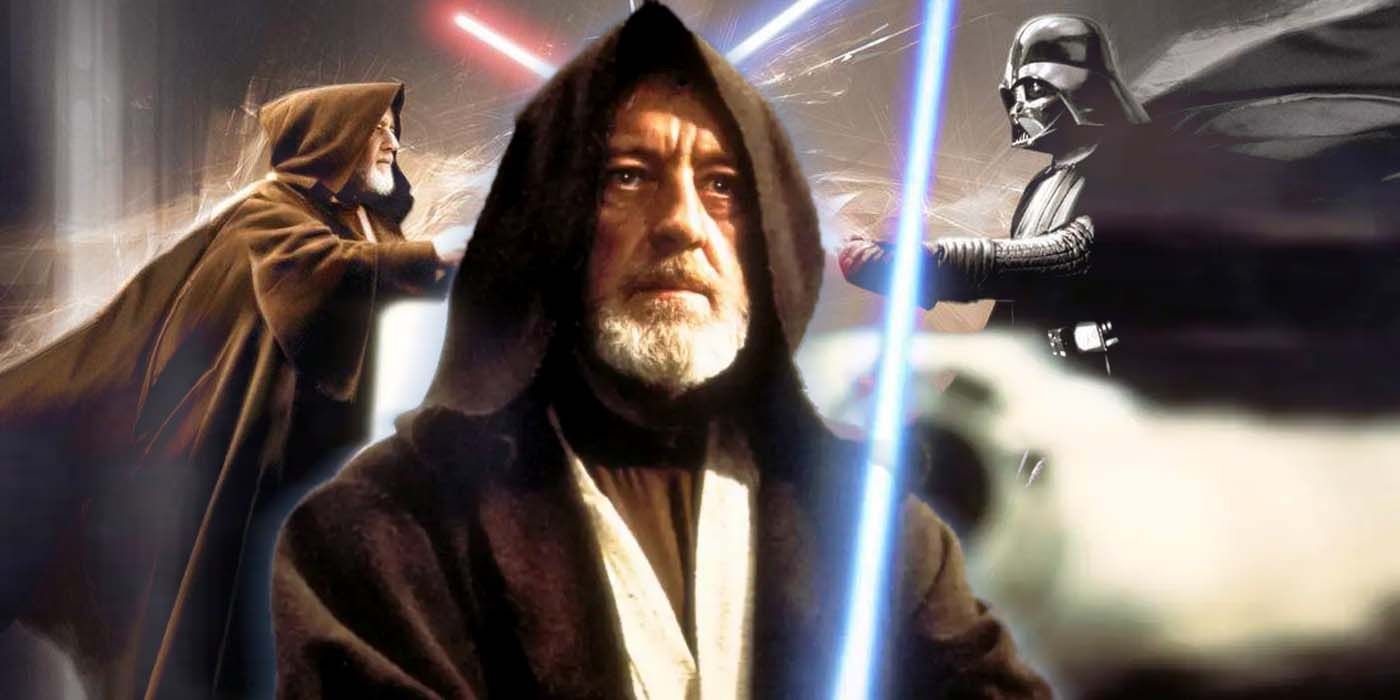
Star Wars Theory: Why Obi-Wan Calls Vader 'Darth' in Their Final Duel
Despite always calling his former pupil "Anakin," Obi-Wan Kenobi calls him "Darth" during their final duel in Star Wars: A New Hope.Criticism of the film's undeniable problems tended to ignore its stronger components, however, which have helped improve its reputation among the fan base. The Phantom Menace made innovative use of CGI, allowing Lucas to truly realize the extent of his vision onscreen for the first time. It opened up the Star Wars universe in all the ways promised, though the heavy narrative lifting didn't start to see a payoff until the second and third entries in the prequel trilogy. The film's action sequences remain some of the franchise's best -- notably the second-act pod race which still blows viewers' socks off -- and even condemnations of Jar Jar have softened in light of the toxic bullying of actors Ahmed Best and Jake Lloyd.
As a result, both The Phantom Menace and the other two prequel movies have seen their cache steadily improve over the years. The better angels of the movie's nature are far more apparent without the relentless expectations bearing down on it, and the story's vital place in the larger saga makes a good deal more sense now. The cast does a great deal of good as well, with the likes of Ewan McGregor and Liam Neeson delivering compelling characters despite the marble-mouthed dialogue they were saddled with. It hasn't eliminated the criticism, but it has given fans a more well-rounded picture of what The Phantom Menace accomplished.
That includes the Duel of the Fates that marks the film's finale. Even the film's harshest detractors fall silent at its mention, as Darth Maul reveals himself to Obi-Wan and Qui-Gon Jinn, and the galaxy hangs in the balance. Lucas's penchant for kinetic action kicks into gear as they battle across the Theed Generator Complex, a massive space housing the planet's primary power source. It culminates in Qui-Gon's death, followed by Obi-Wan cutting Maul in half.
The Phantom Menace's Duel of the Fates Is Star Wars at Its Best
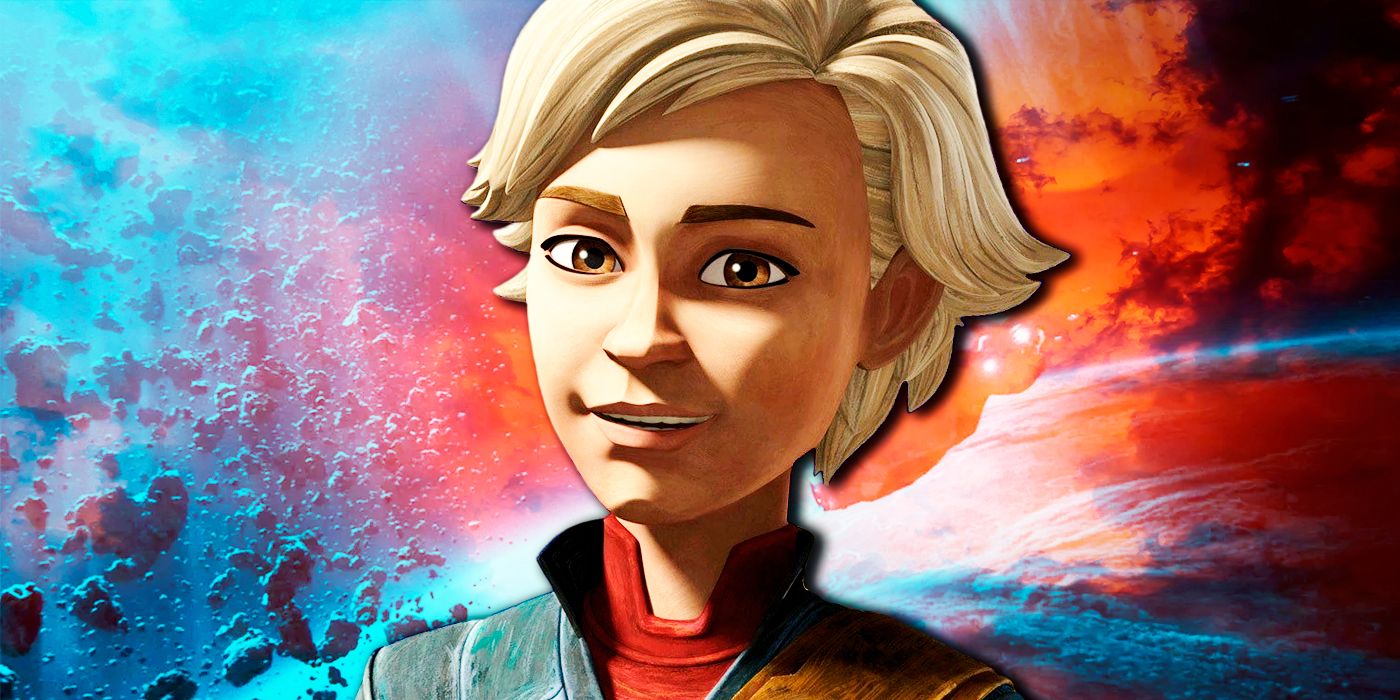
Star Wars Already Has the Perfect Series For Omega’s Next Appearance
Omega is the breakout character of The Bad Batch and fans are eager to see her jump to live-action and one new series is the perfect opportunity.Beyond the scene's sheer kinetic energy, visual splendor, and yet another stunning soundtrack accompaniment from John Williams, the Duel of the Fates seizes the core of the story that the rest of The Phantom Menace sometimes struggles with. The stakes are clear, and failure for the Jedi isn't an option, yet audiences already knew that the true danger lies with Palpatine, not Darth Maul. The fight takes on added importance when Qui-Gon falls and elicits a promise from Obi-Wan to teach Anakin Skywalker. Had he survived, the fate of the galaxy might have been much different. Lucas encapsulates all of that narrative heft into a single sequence, virtually dialogue free and reflecting the stakes in purely visual terms. It also set the standard for who and what the Jedi were at their peak, as well as the kind of villain capable of taking them on.
Lucas always possessed a singular ability to give villains a proper entrance. Darth Vader's arrival on the Blockade Runner in A New Hope is the stuff of legend, and Richard Marquand repeated the feat on a slightly quieter level with Palpatine's first onscreen appearance in Return of the Jedi. The shot of the doors opening to Maul's hooded visage stands with the best of them, and the fight that follows defied anything Star Wars fans had seen in 1999. Only three lightsaber duels had previously appeared onscreen (all involving Darth Vader), and the first two involving opponents who couldn't hope to match him. The Duel of the Fates didn't look or feel like any of them. It was fast, it was lethal, and it demonstrated exactly what Force users at the peak of their abilities could do.
At the time, it felt like too little too late for many fans. Yet, its power was undeniable, and it left otherwise disappointed audience members with a viable high point to celebrate. 25 years later, The Phantom Menace has slowly improved its standing among Star Wars lovers, who now have the whole picture and can see how much Lucas accomplished with it. The criticisms and divisions remain, but they're far less passionate than they were, and both sides can cite strong evidence to support their feelings about the film. Regardless, the Duel of the Fates has always been a fan favorite -- a vital moment in the franchise that delivered with all the considerable skill its creator could muster.
Star Wars: Episode I -- The Phantom Menace is currently streaming on Disney+.
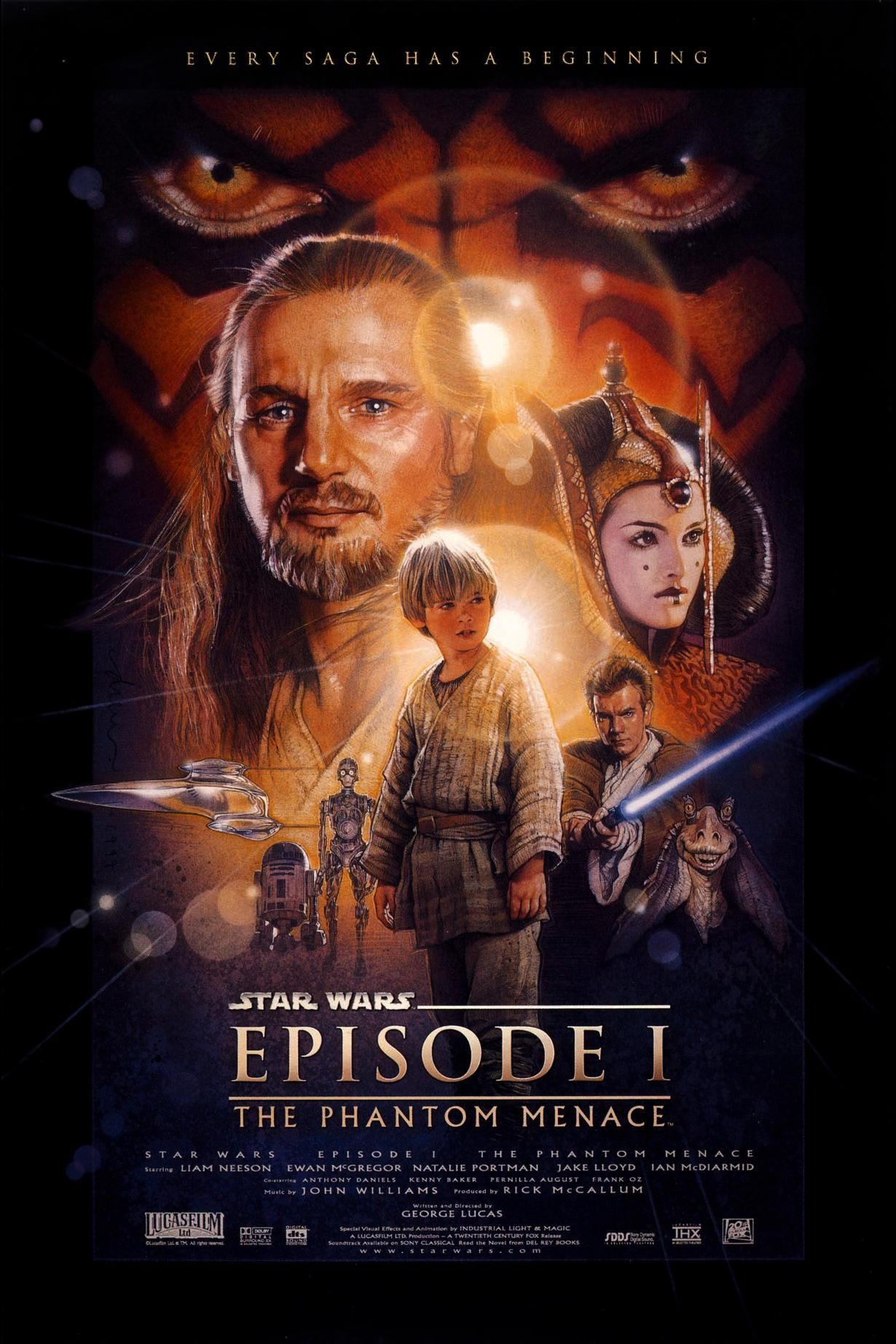
Star Wars: Episode I - The Phantom Menace
Two Jedi escape a hostile blockade to find allies and come across a young boy who may bring balance to the Force, but the long dormant Sith resurface to claim their original glory.
- Director
- George Lucas
- Release Date
- May 19, 1999
- Studio
- 20th Century Fox
- Cast
- Ewan McGregor , Liam Neeson , Natalie Portman , Jake Lloyd , Ian McDiarmid , Pernilla August , Oliver Ford Davies , Ahmed Best
- Runtime
- 136 minutes
- Main Genre
- Sci-Fi

